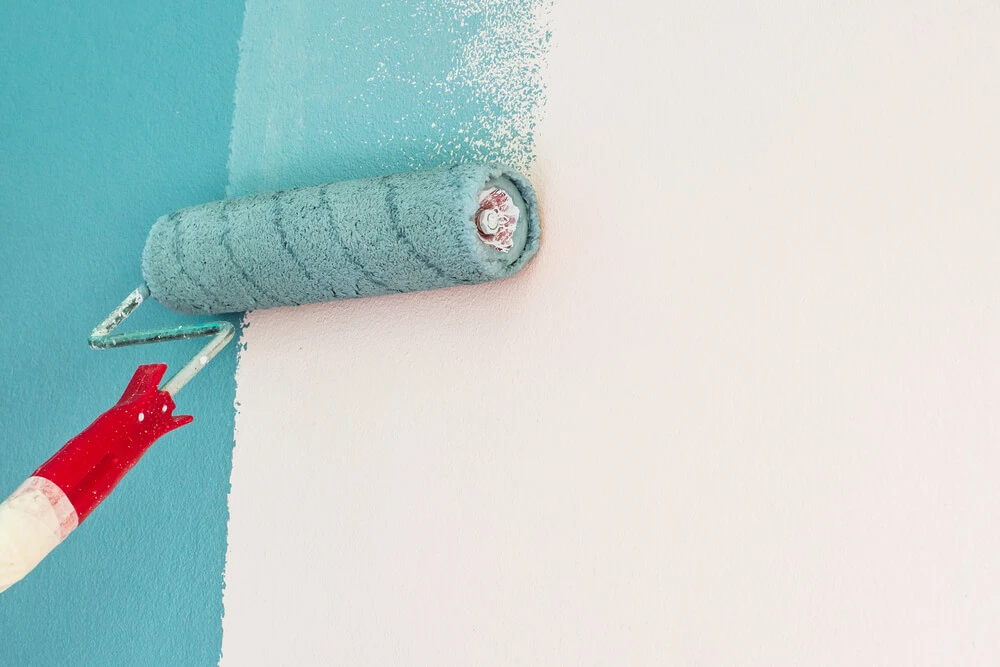Can You Use Latex Paint Over Oil-Based Primer- Everything You Need to Know
Selecting and implementing the right time of primer and paint is important to get a completely shiny finish at the end of the painting project. Almost now, everyone seems to worry about the paint, specifically latex paint and oil-based primer.

The reason is that multiple types of paints and primers are available in the market, and using latex-based paint over oil is a critical question. People are curious if you can use latex-based paint over oil-based primer.
Can You Use Latex Paint Over Oil-Based Primer? Explanation
In short, the answer is yes because most professionals recommend painting latex over oil-based primer. These, over one another, offer a shiny finish and make your project successful. On the other hand, one should remember that latex painting over oil-based primer is not an easy procedure. Multiple factors, from preparing the surface to selecting the latex-type paint, are important.
Don’t worry; here, I provided complete information on painting latex over oil-based primer and how you can do it smoothly without affecting the whole procedure. Firstly, one should understand the difference between oil-based primer and latex paint.
What Is Latex Paint?
Latex paint is now an important type of paint that is famous and used worldwide because of its dry process. Most people love using this paint for larger projects instead of smaller ones. This water-based paint is very similar to acrylic paint because it has acrylic-based resin in great amounts.
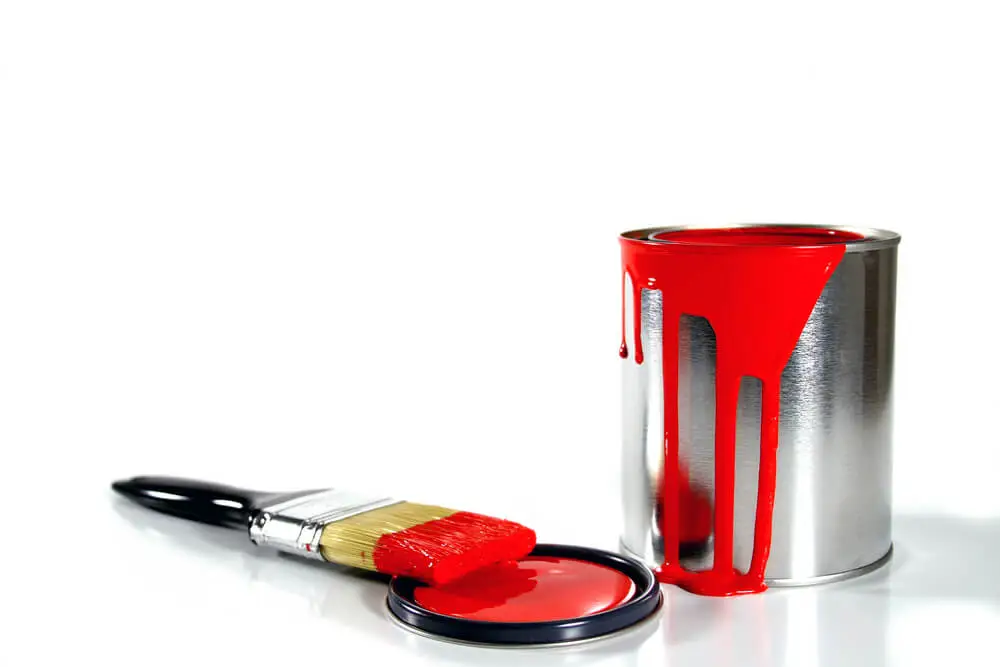
It is named latex because most of the resins used in its primer are rubber-based. Rubber dries quickly; hence, latex-based paint is useful for walls, big buildings, and pathways. It is expensive compared to many other types of paints because of its excellent features. Apart from drying quickly, it makes a perfect and clear layer of latex paint over the primer.
It’s available in three types: pure acrylic, vinyl acrylic, and alkyd modified. All of these types are the best performing. However, acrylic paint is on top and has an excellent finish and quick dry features.
What is an Oil-Based Primer?
It is an important type of primer that works perfectly with latex and acrylic paint and their derivatives. Due to their importance and properties, I recommend this primer for each small and large painting project at any place. An oil-based primer quickly attaches to the surface of the paint.
The ultimate advantage is the cohesive forces between the paint and the surface where you implement it. The more the forces, the more is time for staying the paint on the wall or other surfaces. This primer is not only good for latex-based paint, but you will get a finish and shiny results for all types of paints.
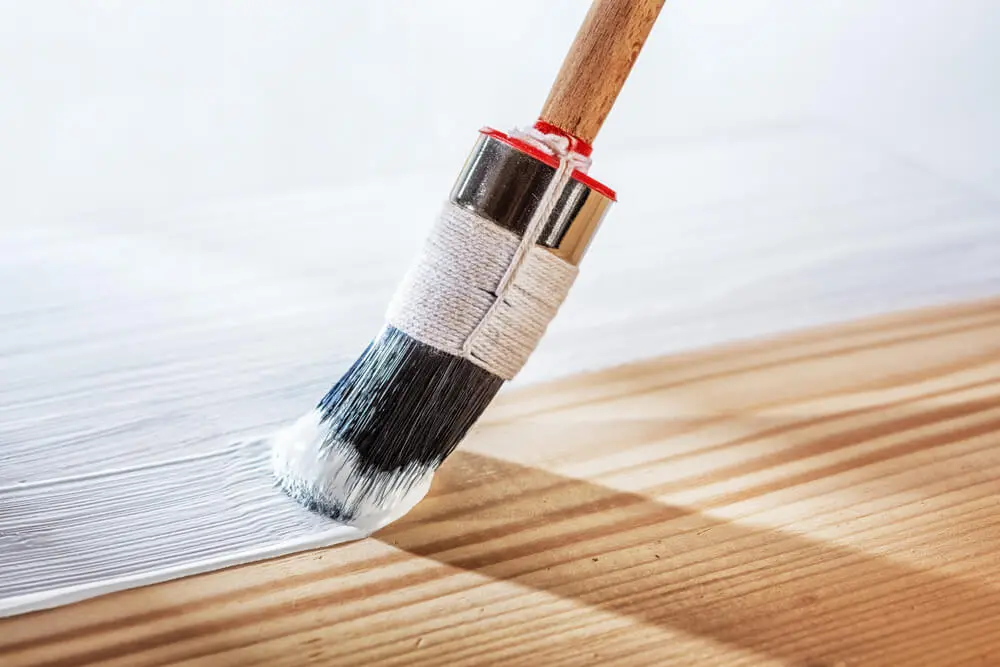
In my experience, If you are facing any issues on the wall or any other surfaces, including cracks, spots, and stains that are not only making a hurdle in painting but also make the paint not shiny. Oil-based paint is the best choice for these types of issues. It not only eliminates the spots from the surfaces but also provides a complete glossy finish which is the ultimate aim of every painter.
The best thing about this primer is that it’s useful for all surfaces and materials, including wood, metals, and walls.So, Can I Use An Oil-Based Primer Under Latex Paint? Why?
It’s clear from the above points and discussion that you can use latex paint over the water-based primer. Here are some reasons to use this water-based paint over the oil-based primer. Oil-based primers always offer a shiny finish and a smooth painting surface no matter what type of paint is implemented over it.
The reason is that it does not create any dangerous issues against it. A latex-based paint can cause severe issues after the paint is dried, exiting bad and smelling chemicals, and making the pants look like bleeding are the top issues. Don’t worry because an oil-based primer is helpful to overcome all of these issues due to its perfect texture and many other advantages.
Oil-based paint does not allow the surfaces to release substances, including tennis which is the biggest benefit for allergic patients.
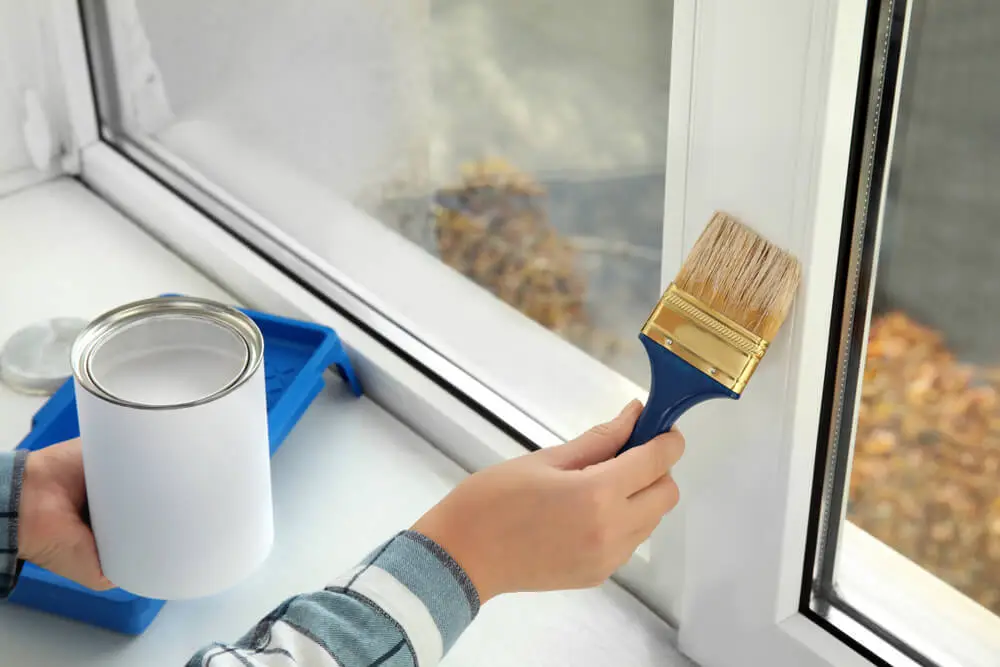
Sealing the walls and other surfaces without any issues being distorted by the paint color or any other item you implemented on the surface is useful.
In short, an oil-based primer is useful for all surfaces and is an ideal choice for those who want to get a shiny paint surface without any issues. Moreover, dealing with the oil-based primer is very easy; it saves you time, energy, and money which you could spend to hide spots and crevices on different surfaces.
How to Know If My Surface Has an Oil-Based Primer?
Although it’s not easy to know if your surface has an oil-based primer or not, here are some tests based on our experience. Still, if you feel your surface does not have an oil-based primer, use it before using latex paint on it.
How to Paint Latex Over Oil-Based Paint?
Painting the latex over oil-based primer is very easy as both of these products have good attraction for each other; hence, you don’t need to worry about the attachment. There is no need for an external force or substance to get them near each other.
However, some important considerations must be followed from which preparing the surface is the top worth. Here are some steps; following them gradually would make a lot of success in your latex-based painting over an oily primer surface:
Step 1: Get Ready for Your Workspace
The first and most important step is to get your workspace ready, no matter how clean. Moreover, you don’t need to care if it’s based on a larger or smaller area to cover; you always need to prepare it before applying the latex paint over the oily primer.
Before implementing any steps or chemicals, ensure you wear proper safety clothes. Similarly, breathing in a specific place could be the biggest problem, so you must wear a ventilator in the next steps; you will face different chemicals while painting over the oil primer surface. It is necessary even if you use any other paint than latex paint.
Step 2: Cleaning the Surface
Cleaning the surface is also an important step. It helps remove all dirt, dust, and greasy particles on the surface, which makes it easy to paint, and it also increases the cohesive forces between paint and primer.
Make a solution of soap and water using a stirrer and keep it for 10 minutes. Now throw the solution of soap and warm water on the surface and allow it to stand for 30 minutes.
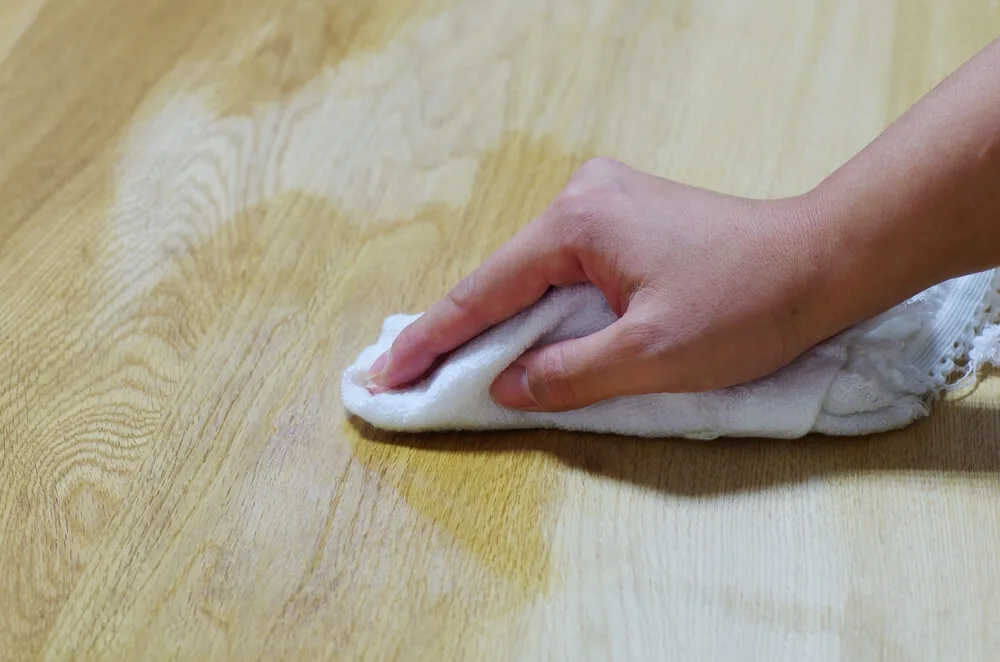
After this time, wash the whole surface with warm water and allow the surface to dry. This procedure is used for interior surfaces. For the exterior surfaces, which are based on large areas, I recommend using a pressure washer, which helps remove the particles quickly.
Step 3: Sand the Top Surface Layer
Sanding the top surface layer is important if you want to get a completely shiny appearance at the end of the project. Different sandpapers are available for this in the market, and I recommend using 100-grit sandpaper. It helps complete the job in less time and effort due to its ideal size and working.
Sanding the layer is important because it removes all those particles, which are a hurdle in getting a glossy appearance. Moreover, it helps to keep the oil primer for a long time on the surface, which ultimately saves your efforts to repaint a surface again and again after a short interval.
Step 4: Applying Oil Primer
Exactly applying the primer is important. Apply it by reading the instructions on the bottle. For better and quick results, I recommend using two coats of primer, which helps to make an ideal layer of paint later.
Note: selecting the color of the primer is important, and most people don’t consider this factor while it’s as important as other steps are. So, select the color of the primer similar to the latex paint. Otherwise, you can face dangerous results.Step 5: Sanding the Surface
Sanding the surface again after implementing the primer is necessary to remove all the damps, and it’s also helpful in hiding the surface. It also helps to remove damps and other particles from the surface.
You can use 100-grit sandpaper or 180-grit sandpaper for this purpose because both perform outstandingly.
Note: whenever you apply sandpaper, make sure to clean the surface with the help of a towel to gain high-quality results.Step 6: Applying Latex Paint
After selecting the paint color, the next step is to apply the latex paint layers. Use a roller, painting brush, or sprayer for this purpose and apply 2-3 layers of the paint unevenly. Before applying the second layer of paint, wait for 3-4 hours until the first layer becomes dry enough. It helps get a glossy, shining paint surface that remains fresh for a long time.
Step 7: Sealing the Surface
Sealing the surface is important to get a complete finish and a shiny layer. Selecting the right sealer for latex is critical, and I recommend spending quality time on it. Try to find the one which is specifically made for latex paint. Sealing the paint is helpful to make the layer durable, and it’s also helpful for those who want to get a shiny and well-furnished layer.
Apply 2-3 layers of sealer with a brush, spray, or roller. Make sure that there are no damps and uneven surfaces.
Step 8: Allow to Dry the Paint
Drying the paint is important. Allow the paint to dry for 24-48 hours, and you can decrease the drying time in case of urgency by following ways that help dry the paint quickly. Hairdryer, fan, or sunlight increasing sunlight duration is important for this purpose.
Why Should I Use Latex Paint Over Oil Primer?
Using latex paint over the oil-based primer is useful for getting high-shining painting results for both small and large-scale projects. Both are oil-based, so there is no need to use any external force or substance to react actively. Here are some further reasons why one should use latex-based over oil primer:
- Oil-based primers are good as they don’t allow the surfaces to exit any dangerous chemicals or substances to human health. These include tennis, bleeding surfaces after painting, and many others that could negatively impact the environment and human health.
- Oil-based primers are excellent workers when it comes to knowing about sealing. They cover the surface properly so that no hard work is required to seal and dry the latex paint applied over the oily primer.
- Latex-based paints have cons as they can create swollen grain-like structures when you are not experienced with painting. However, using an oil-based primer before applying the paint can improve results and eliminate your efforts to hide crevices.
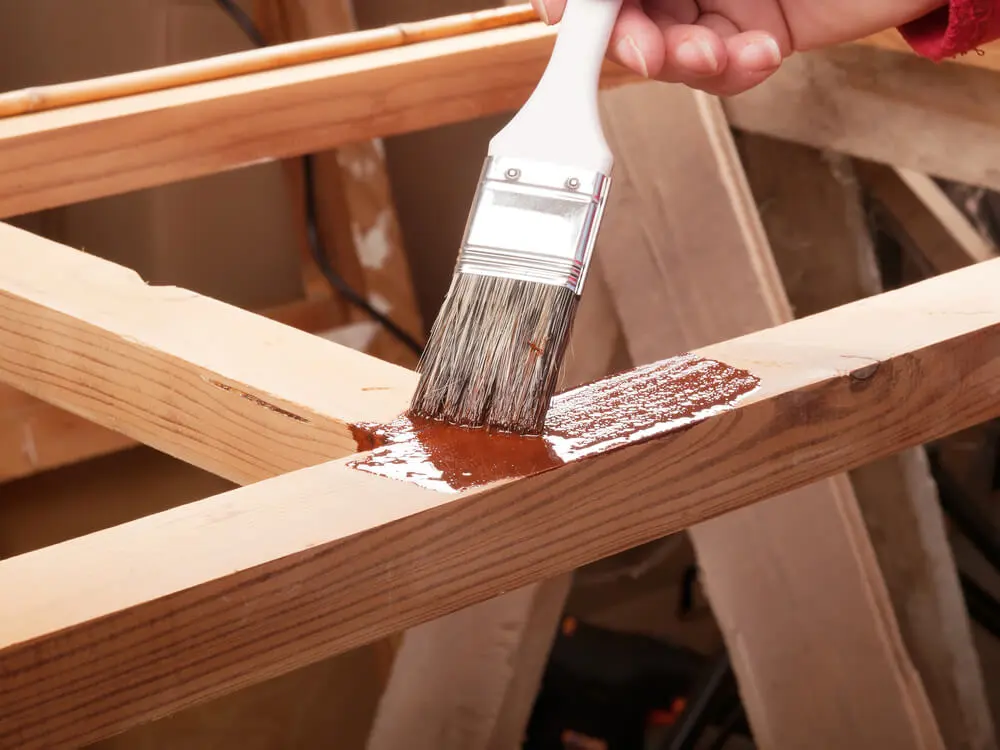
Best Oil-Based Primers
1. Rust-Oleum Zinsser Primer and Sealer
One of the well-reputed products worked both as a primer and a sealer. It’s helpful for both the interior and exterior surfaces. It comes in good quantity in cans, and a single quantity can handle about 100 square feet at a time. With a glossy finish that eliminates the use of a sealer, you can get this product at very reasonable rates.
2. KILZ Stain Blocking Oil-Based Primer
It is the best oil-based primer to cover all ugly stains on your surfaces, including wood, metals, and walls. It has low volatile organic compounds, which offer a perfect finish when the primer is applied to the surface before the latex paint. Moreover, this is an odorless primer; hence, you don’t need to worry about chemicals or allergic substances. It is specifically an ideal choice for those who are allergic to patients.
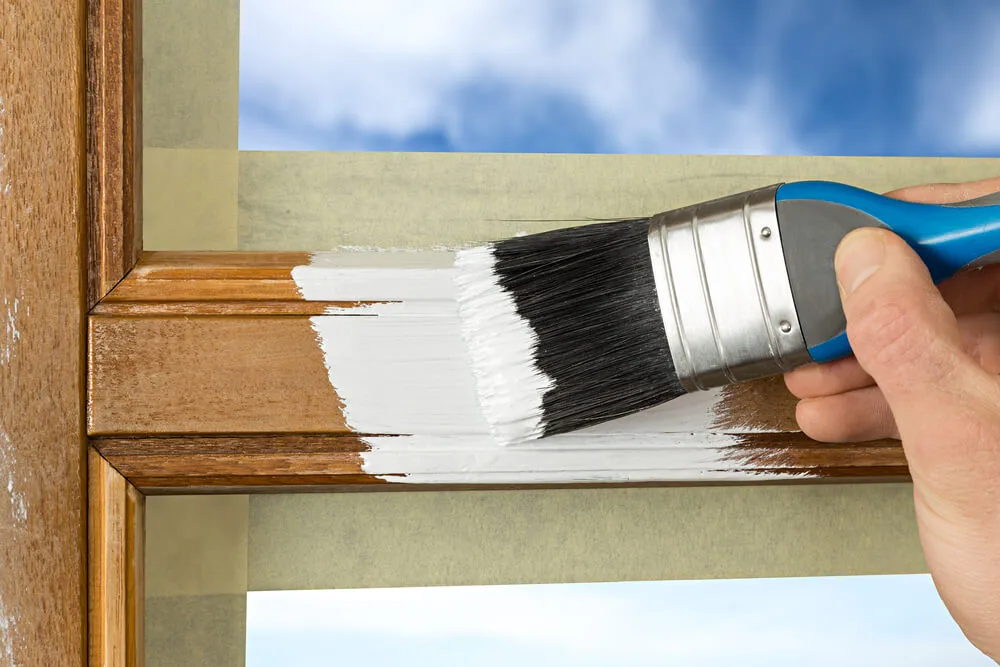
The Best Latex Paint
1. Rust-Oleum Painter’s Touch Latex Paint
It comes in semi-gloss acrylic paint, which is good for interior and exterior usage. You can use it for both small and large-scale projects on basic terms. It is a type of durable paint and is easy to use on all kinds of surfaces. Specifically, this paint is an ideal choice if you want to hide imperfections.
2. KILZ Interior/Exterior Enamel Paint
This paint is ideal to use for outdoor functions and is good to use on wood objects. It can cover 200 to 400 square feet with a single paint can. It does not allow color fading, cracking, and other issues most people face after using other painting products.
Frequently Asked Questions- Can You Use Latex Paint Over Oil-Based Primer
Conclusion- Can You Use Latex Paint Over Oil-Based Primer
So, yes, you can use latex-based paint over oil-based primer based on the advantages and other factors mentioned above. However, ensure that you have prepared the surface; in another case, you can face serious issues and damage to the painting surface.

